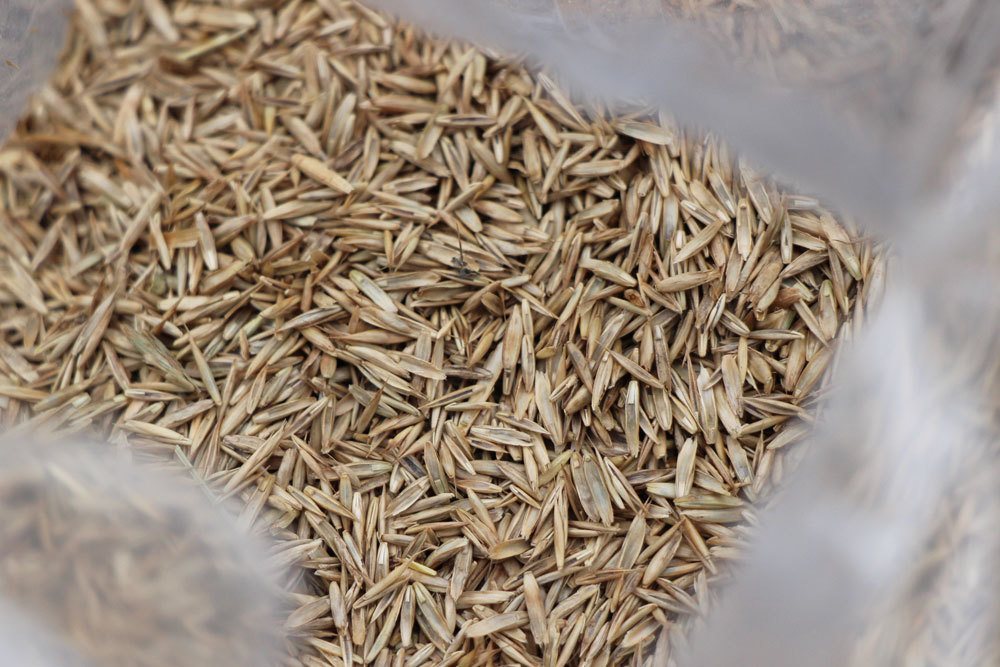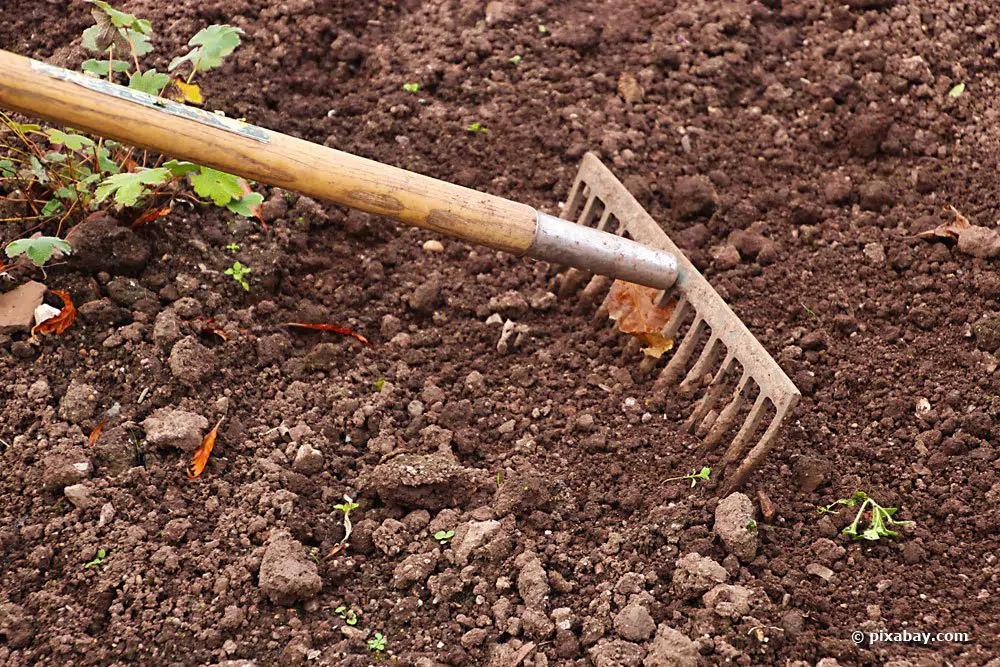Last updated on October 23rd, 2023 at 08:33 pm
For many amateur gardeners, the lawn is considered the greatest sanctuary, which they cherish and care for. In many cases, this already starts with the creation of the lawn. With high expenditure one would like to create the best possible starting basis for a gapless and rapid growth for the planar green. Particularly controversial is the question of whether lawn seeds should be pressed in with a roller after sowing, or whether sowing is better done without a lawn roller.
Contents
Laying lawn without roller?
Hardly any instructions for laying out lawns can do without rolling as an almost unavoidable work step after sowing. Once the soil has been prepared and the lawn seed has been spread evenly, the entire lawn area should be crisscrossed with a suitable lawn roller. This work step pursues the following goals:
- Leveling of existing unevenness
- Uniform soil compaction, as a result of which there are no footprints or other local compaction visible later when the soil is settled.
- Protection of the seeds pressed into the soil from birds and other seed predators
- protection from washing out by watering or precipitation
- Establishment of better “soil contact,” i.e., full-surface contact of the seeds with the soil on all sides as much as possible
This results in
- less drying out
- Better absorption of soil moisture over the entire seed coat
- Better soil contact of the radicle after opening of the seed coat, consequently better root growth

On the other hand, some results of a rolled soil also argue against this approach to the establishment of turf:
- General compaction of the soil
- thus poorer absorption of precipitation water
- increased danger of punctual leaching due to rain and irrigation water running off and not seeping away
- reduced rootability in already dense, heavy soils
Attention: Soil compaction is not disadvantageous in all cases! Very light, loose soils can be improved in structure and bearing capacity by using a roller. The lawn roller, on the other hand, additionally compacts heavy, already heavily compacted subsoils and the permeability for water, lawn roots and soil beneficial organisms (e.g. earthworms) decreases.
Alternatives to the roller
But how to sow a lawn and at the same time avoid the critically considered rolling in of the lawn seeds? First and foremost, it is important to find an appropriate substitute solution for the positive effects of rolling:
leveling
The rolling process is predestined for the leveling of the lawn. With a little more effort and a good sense of proportion, the prepared area can also be leveled well with a garden rake. Minimal unevenness, which is conspicuous on the bare surface, disappears later anyway with the common play and multi-purpose lawns.
compaction
Compaction of the lawn when laying it is controversial anyway. You should not compact heavy, compact soils, so not using the roller is actually an advantage. Very loose and light soils, on the other hand, can be trampled well with an improvised alternative of boards strapped to your shoes with garden twine or tie-down straps. By the way, these treading boards can also serve well when leveling.
Tip: Dense soils that should not be rolled are usually heavy in clay or loam. However, if you have no knowledge of soil types, you can rely on feel and appearance. If a soil appears very firm and lumpy when crumbled, it is advisable not to roll it.
making the soil compact
Simply put, making soil contact is about nothing more or less than getting the best possible contact between turf seed and soil. Due to the small size of the seeds relative to the soil crumbs, compaction is not the determining factor in this regard. Instead, the decisive factor is the soil cover of the seeds. It also provides the desired protection against desiccation and bird predation. Instead of pressing the seeds into the soil, the opposite method can also be used. There are two ways to cover the seeds with soil:
Raking
The area sprinkled with seeds is evenly raked with a garden rake. The tines guide the seeds a few centimeters into the soil and provide an even coverage with soil.

Scattering
The planted seed is evenly sprinkled with a layer of soil or sand one to two centimeters thick. Depending on the existing soil conditions, a material suitable for soil improvement can be chosen. Dense, heavy soils do well with sand, while very light soils do well with a layer of garden soil. Common pre-fertilized garden soil also provides nutrients conducive to development.
Caution: If you establish the soil connection via an application of garden soil, you should adjust the application of starter fertilizer for the lawn when using pre-fertilized soil. Otherwise, there is a risk of overfertilization with adverse effects on the development of the tender plantlets.
protection against leaching
Seed that has been firmly rolled into the soil is quite well protected against being washed away during watering or rain. However, there is a risk that water cannot percolate fast enough on the compacted soil surface and the rivulets develop a much higher flushing effect. Thus, even firmly rolled seeds can be washed away when the surface is laid.
If, on the other hand, the lawn is raked or over-scattered, the resulting surface has a much lower density and at the same time a much larger surface area. Large amounts of water are also well retained and infiltrated. Thus, the risk of washout is significantly lower from the outset in a lawn laid without a lawn roller.
To roll or not to roll – the final decision
With this information about the advantages and difficulties of using lawn rollers, the question of whether a lawn can be established without a roller can be answered quite easily. In fact, all the objectives of the rolling process can be achieved by other means, although in some cases with additional effort. In the case of dense, heavy soils, it is even advantageous to dispense with the additional compression. Here it is not only said that sowing the lawn without rolling is possible. Instead, it is even advisable to leave the widely used roller aside under certain conditions.


